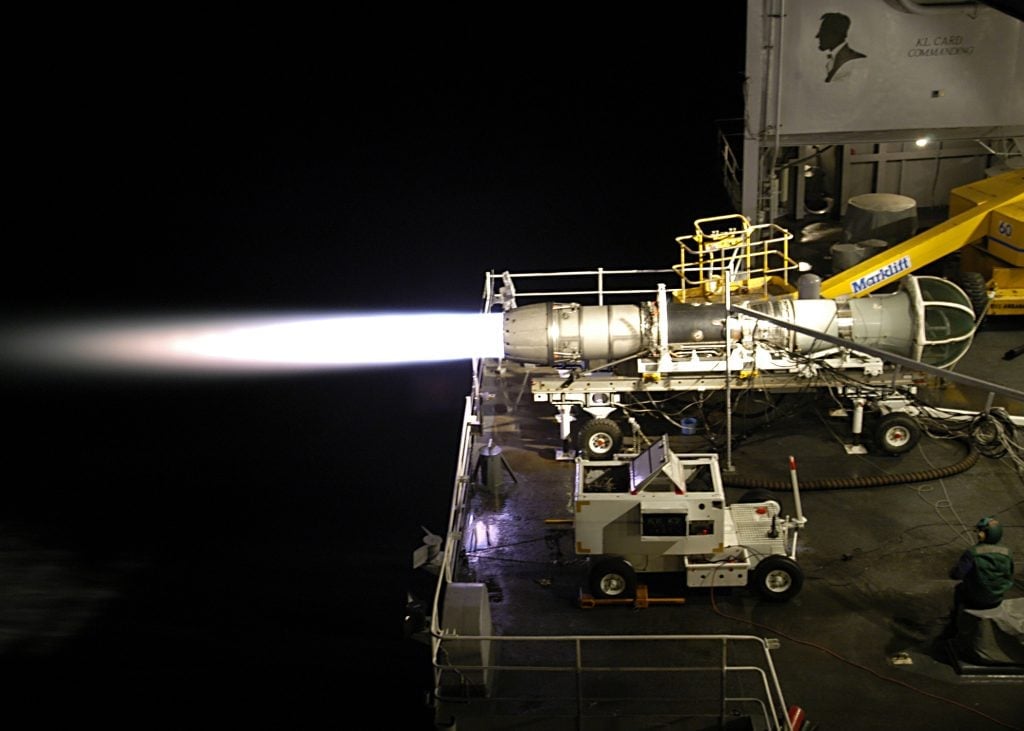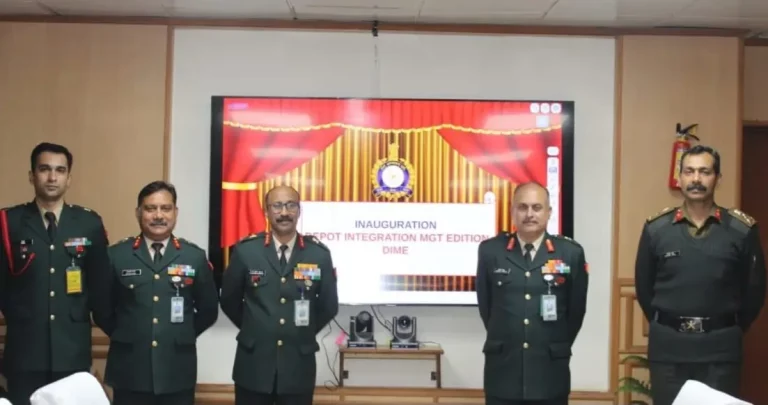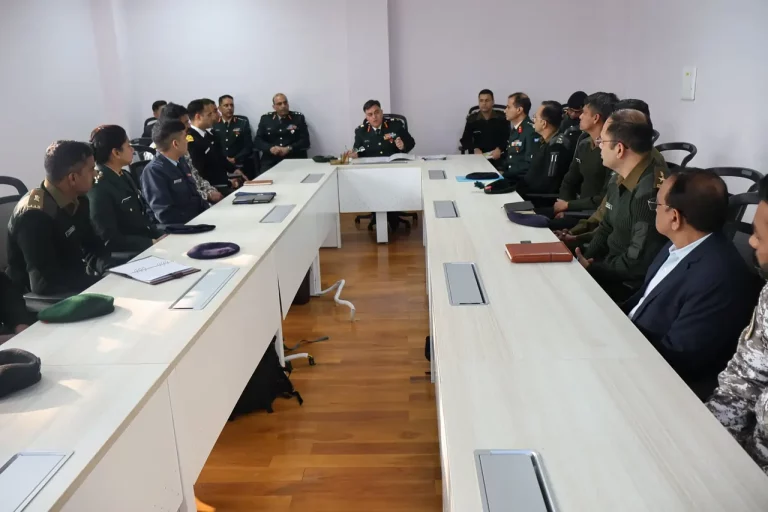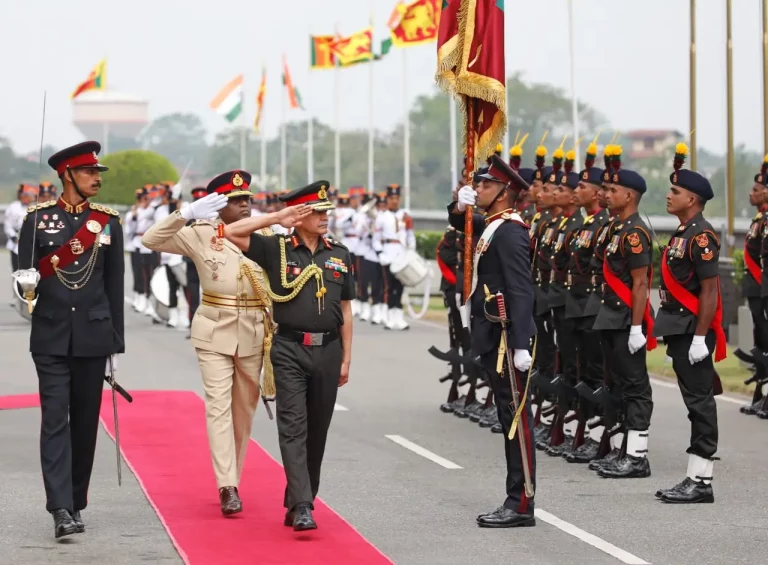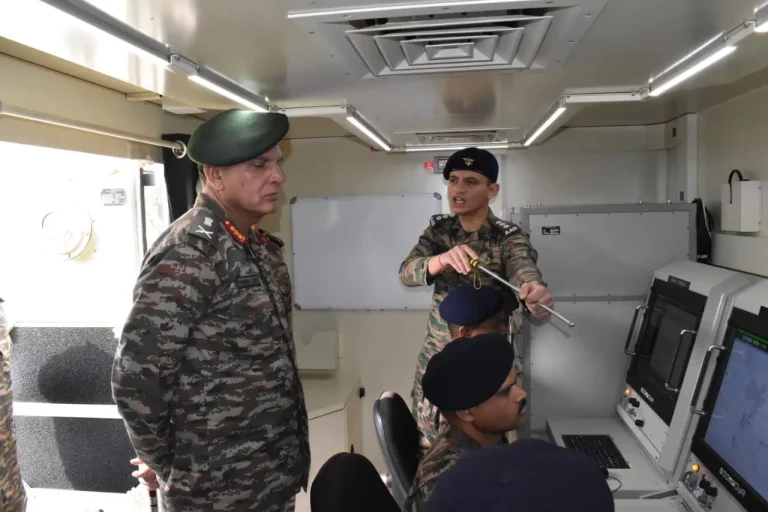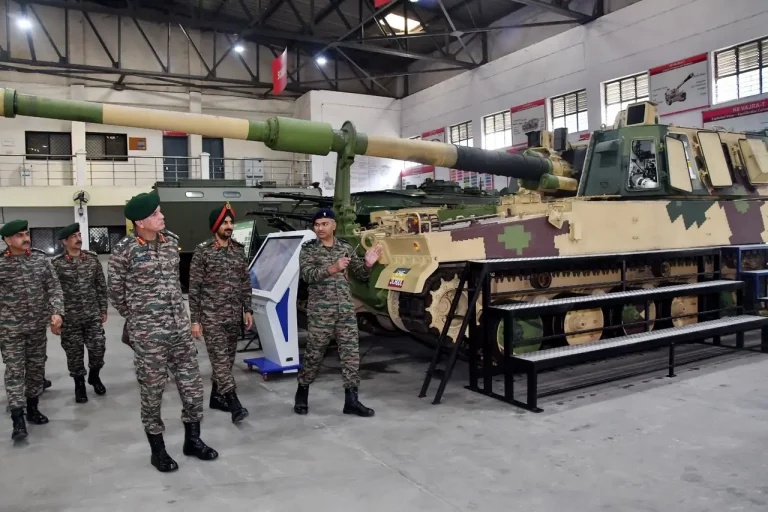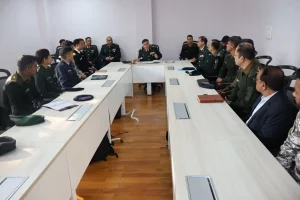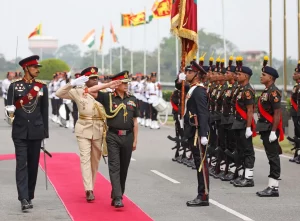In a significant advancement for India’s indigenous fighter aircraft capabilities, General Electric (GE) has successfully delivered its second GE F404 engine to Hindustan Aeronautics Limited (HAL), a key milestone in the development of the Light Combat Aircraft (LCA) Tejas Mk1A. This delivery, completed recently, is seen as a pivotal moment in overcoming prior production obstacles that had stalled progress on the ambitious ₹48,000 crore deal inked in 2021.
The deal, forged between HAL and the Indian Air Force (IAF), encompasses the production of 73 Tejas Mk1A fighter jets and 10 trainer aircraft. However, initial delivery timelines had faced setbacks, primarily due to a cessation in GE’s manufacturing line for the F404 engine. Compounded by the complexities involved in restarting production, the delivery of engines was delayed, impacting HAL’s assembly schedule.
Initially, the F404 engine production was halted as GE had already phased out its F404 line before the contract was finalized. To revive the supply chain, GE sought special approval from the Indian government, struggle that was exacerbated by the pandemic’s disruption which led many of GE’s original vendors to switch to other supply chains. This resulted in an extended delay, pushing engine deliveries back by over 18 months and significantly holding up HAL’s aircraft assembly.
The first engine was ultimately delivered on March 26, and with the arrival of the second engine in July, GE has committed to a delivery rate of two engines each month. This renewed pace aligns with HAL’s enhanced production capabilities and is seen as a crucial recovery step for the Tejas Mk1A initiative, enabling HAL to increase its production rate and meet revised delivery goals.
The Tejas Mk1A is designed with advanced features including Active Electronically Scanned Array (AESA) radar, upgraded electronic warfare systems, and an increased payload capacity, positioning it as a key player in India’s transition to 4.5-generation fighter technology. Recent updates from HAL indicate that numerous airframes have entered final integration stages, with tail numbers suggesting that at least nine are currently under various degrees of assembly. The initial aircraft, designated LA5033, was rolled out earlier this year.
HAL had initially aimed to deliver 16 aircraft annually but, with the improved supply of engines, is now targeting an ambitious output of 24 jets per year. Despite previous challenges, HAL is optimistic about meeting future delivery milestones.
In a further enhancement to the indigenous aerospace landscape, the IAF is reportedly preparing to place an additional order for 97 Tejas Mk1A fighters. This move could increase the total order to beyond 180 units, aiding HAL’s long-term production strategies and affirming commitments to infrastructure development and supply chain strengthening.
The rejuvenated GE F404 supply chain, paired with HAL’s enhanced vendor network, is set to facilitate smoother integration, quicker turnaround times, and greater program resilience. With expectations to deliver 12 aircraft by the financial year’s close, India’s flagship fighter jet initiative is firmly on course for revitalization and success.
